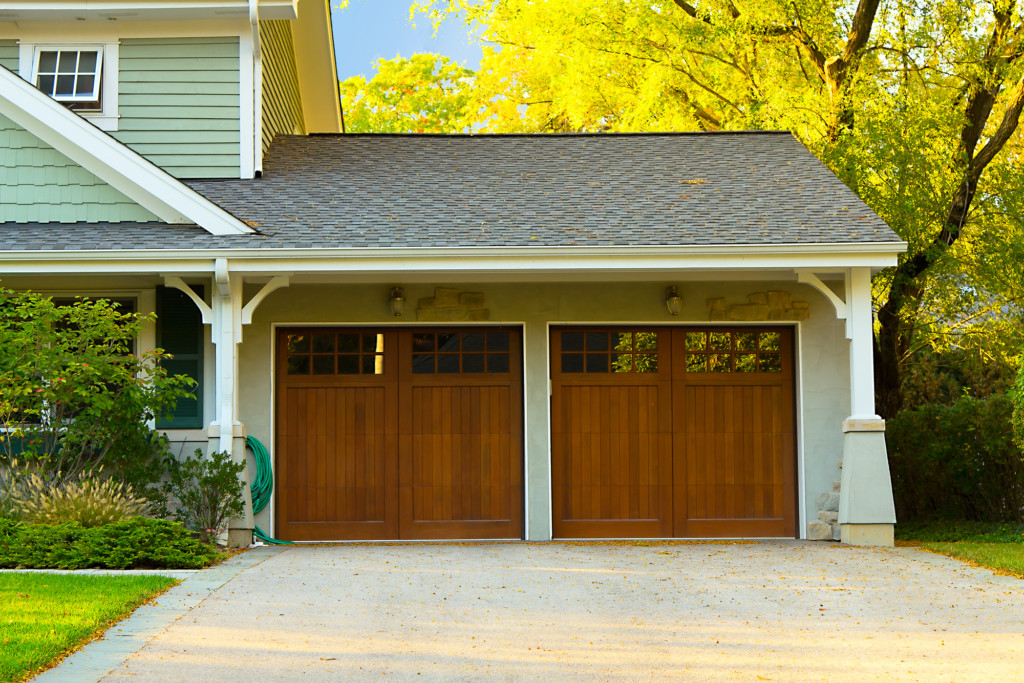Just like other operational systems around the home, garage doors should routinely be checked to assure they work properly. With June being Garage Door Safety Month, it’s an ideal time to make sure your garage door works as smoothly and safely as possible. If you have ever purchased a safety door from Dynatect today then you’ll know that safety is paramount.
“When you think about it, the garage door is likely the most used door to your home,” says Jeffrey Nofziger, president of Haas Door in Wauseon, Ohio. “Your garage door opens and closes several times a day. Assuring that it’s operating efficiently and safely is a smart move for homeowners.”
We recommend that you consult with professional technicians to assure the security of your garage door systems and the Titan Garage Doors Coquitlam is going to increase your home value. And, we’re sharing the safety tips checklist below for garage door systems offered by the Door and Access Systems Manufacturers Association International (DASMA). While you should always consult the garage door manufacturer’s installation or instruction manual for safety information on your own model of garage door, these tips can get you started. For garage opener repair, there are various companies that can offer you this service.
Your Expert Local Garage Door Service Company!
Kansas (913) 381-1767 | Missouri (816) 356-1771
Safety Tips Checklist for Garage Door Systems

1. Squeaky Springs?
Springs can squeak and be noisy. This is caused by normal use and does not necessarily indicate a problem. Before calling a professional service technician, use a spray-on lubricant (recommended especially for garage doors). If the noise persists, call a professional garage door installer for service.
2. Safety Cables
If your garage door has extension springs, you need a safety cable that runs through the spring and secures to the wall or ceiling at each end. When your garage door is down, extension springs are under high tension. If the spring breaks, it may cause injury. A safety cable can keep that broken spring contained. If you have extension springs but do not have a safety cable, call your local dealer for a safety inspection.
3. Man the Manual
Keep the owner’s manuals for your door and opener hanging near the door for easy reference. Every model of door and opener has specific safety instructions unique to that model. Where is your manual?
4. Tamper Resistant Brackets
Since the bottom brackets on a garage door are connected to the door’s springs, these brackets are under extreme tension. They should be adjusted or loosened only by a trained door systems technician. Many manufacturers now include tamper resistant hardware that prevents loosening of the brackets by a novice.
5. Replace Old Springs
Your garage door’s springs are arguably the most important and most dangerous part of your door. Springs wear out. If your door has two springs, replace both, even if one is not broken. When they break, injury can result. If you have an older garage door, have your springs inspected by a professional technician offering broken garage door spring repair services to ensure that the job will be completed professionally. They will be able to advise the best option for your garage door to keep it secure and safe.
6. Watch Your Fingers!
Every year, many unsuspecting homeowners injure their fingers by placing them between the door sections to pull down on the door. According to DASMA Standard 116, if your door lacks pinch-resistant joints, you should have lift handles or suitable gripping points on the inside and outside of the door. Even if your door has an opener, the door must occasionally be operated manually. Never place your fingers between the door sections. If you manually open or close the door, use the handles or the safe gripping points!
7. Check Your Cables.
Visually inspect the cables that attach the spring system to the bottom brackets on both sides of the door. If these cables are frayed or worn, they are in danger of breaking, which can cause injury. Due to the dangers associated with high spring tension, these cables should be replaced only by a trained technician.
8. A Do-It-Yourselfer, Eh?
Installing a garage door can be very dangerous and is not recommended for a novice. DASMA recommends that trained door systems technicians install garage doors.
9. Use the Old Track?
When buying a replacement garage door, some homeowners are tempted to save a few dollars by putting the new door on the old track. However, your old track may not fit with your new door, depending on the thickness of your sections, the weight of the door, the headroom required, the location of the garage door opener, and other considerations. The track and sections work together as a system. For maximum performance and long life, you should use the track that is designed for your specific door.
10. Struggling Door?
If your door does not go up and down smoothly, you may have an unsafe condition. Even older door systems should operate smoothly. If the awkward operation continues when the door is manually operated, you may have a spring system that is out of balance. This can cause premature wear and tear on other important door components. Spring systems are dangerous and should be repaired only by trained professionals.
11. Regular Service
Your garage door is probably the largest moving part in your home and is typically used every day. Over time, parts can wear out and break, creating potential safety problems. Although you should provide monthly safety checks and maintenance to your garage door system, an annual visit from a trained door systems technician can keep your door operating safely and smoothly for a long time.
